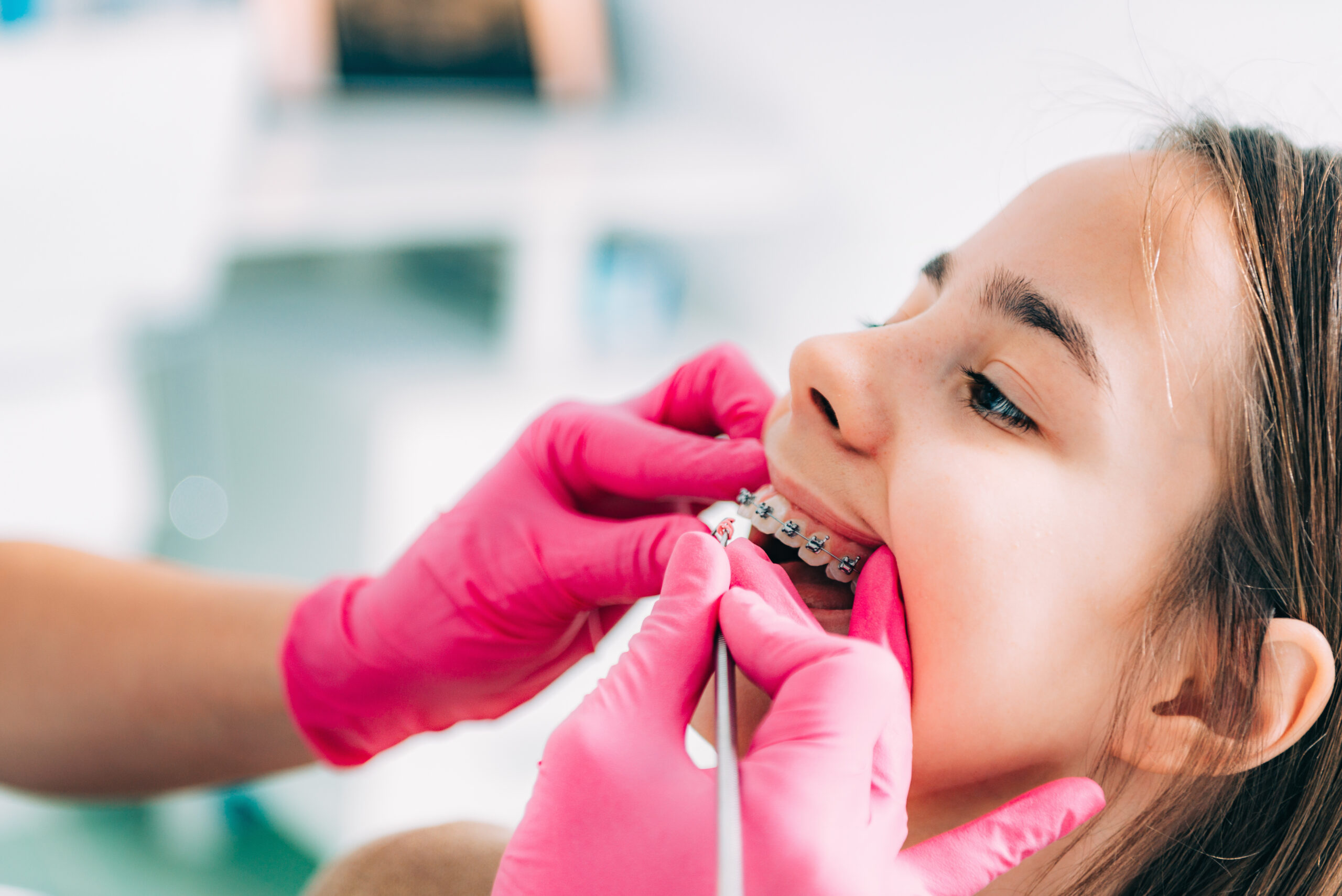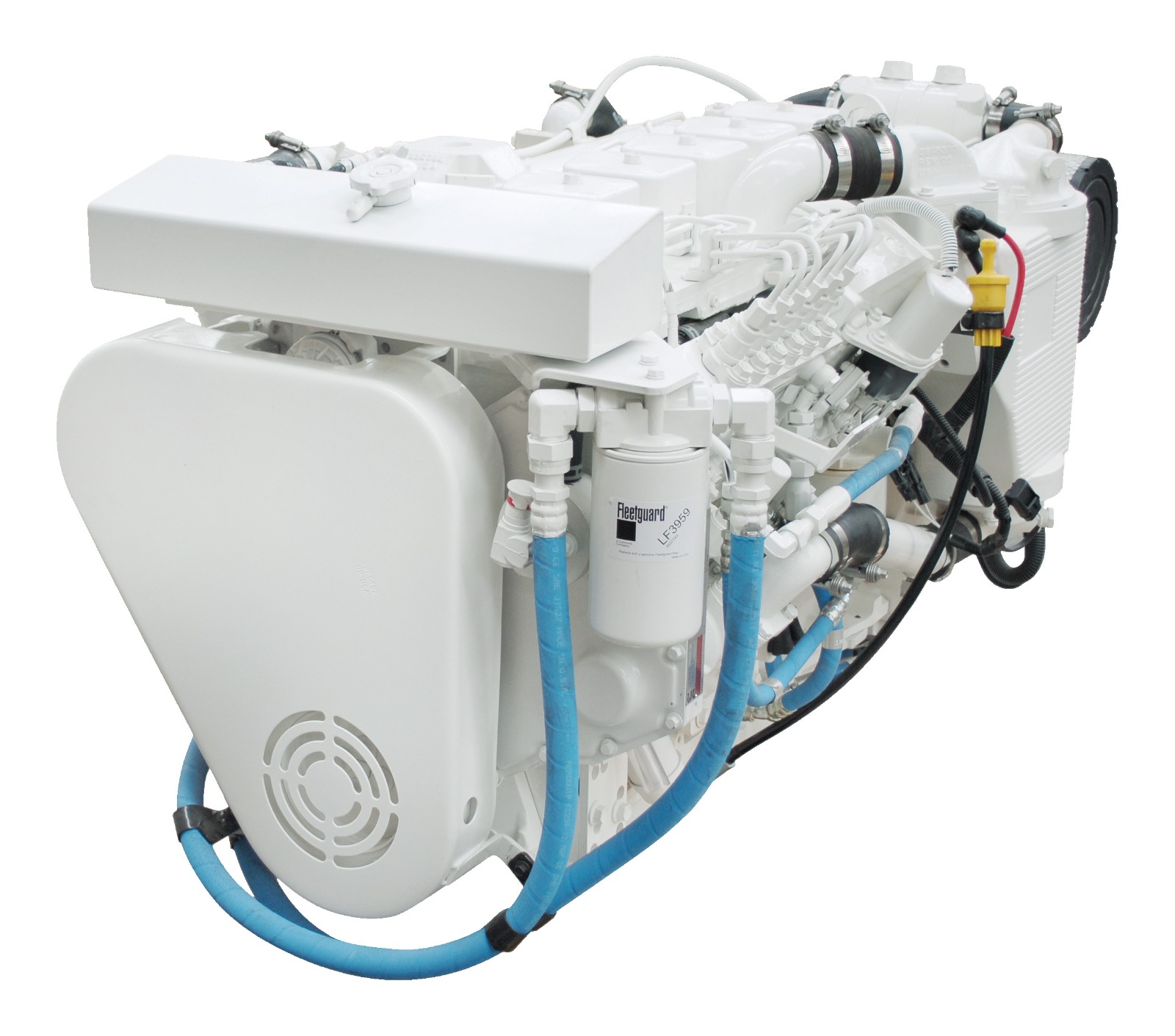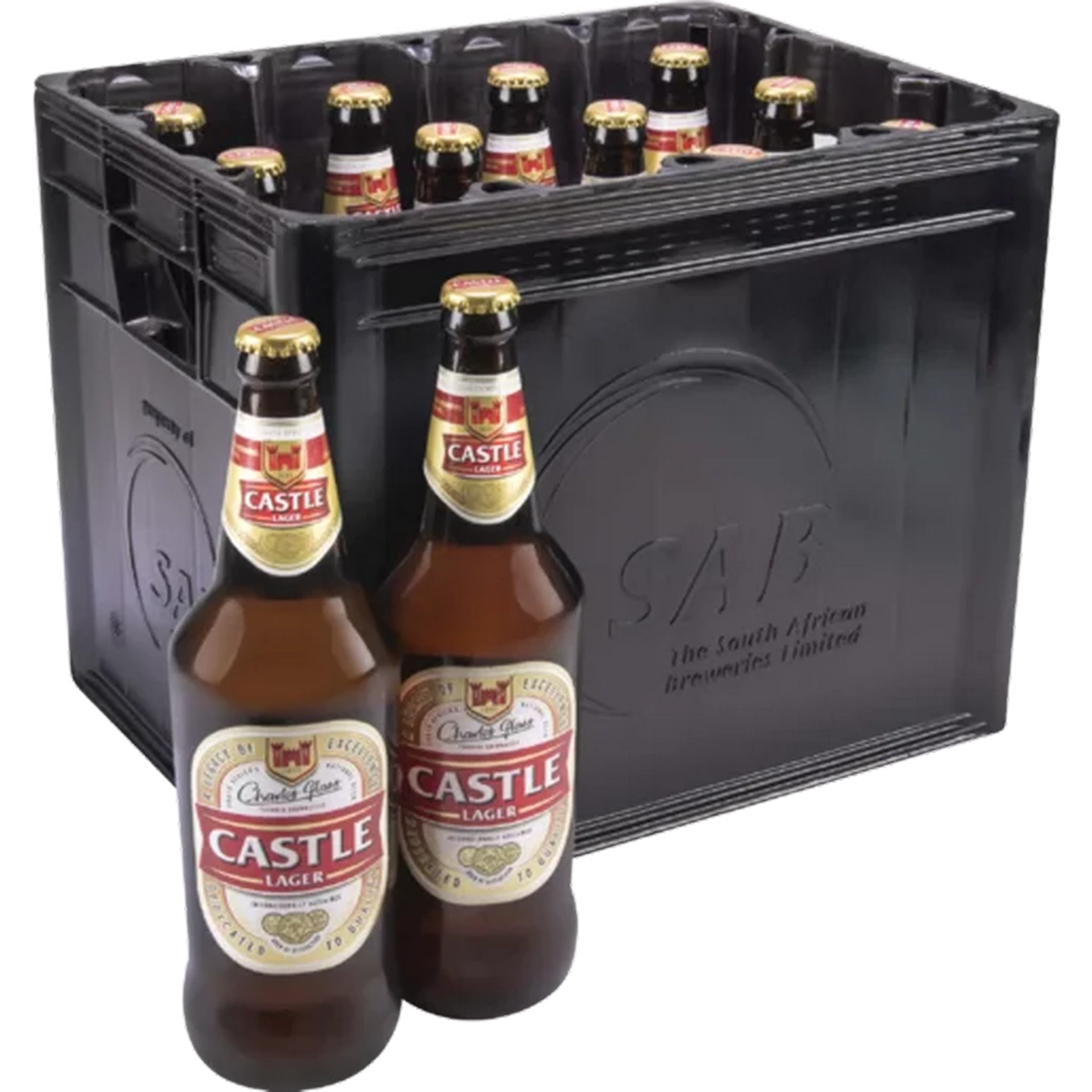In the ever-evolving landscape of regenerative medicine, one emerging advancement is proving to be a game-changer—saving teeth for stem cells. Once discarded without a second thought, baby teeth and wisdom teeth are now recognized as rich sources of valuable mesenchymal stem cells (MSCs). These stem cells have the potential to regenerate tissues, repair organs, and combat various diseases. At StemSave, the only ASI Approved stem cell bank for teeth, we make this opportunity a reality for families seeking to invest in future health.
Saving teeth for stem cells isn’t just a scientific novelty—it’s a powerful preventative step. By choosing to preserve dental stem cells now, individuals can avoid serious loss later: loss of treatment options, loss of regenerative potential, and even loss of life quality. Let’s explore how and why.
What Are Dental Stem Cells?
Dental stem cells are a type of mesenchymal stem cell found in the dental pulp—the soft, living tissue inside baby teeth, wisdom teeth, and other extracted teeth. These cells are capable of transforming into a variety of cell types, including:
-
Bone cells
-
Cartilage cells
-
Muscle cells
-
Neural cells
-
Fat cells
These regenerative capabilities make them an incredibly valuable biological resource. Unlike embryonic stem cells, dental stem cells are ethically collected and pose no controversy or moral dilemma.
Why Saving Teeth for Stem Cells Matters
The process of saving teeth for stem cells helps avoid the serious loss of regenerative opportunities that naturally decline with age. As we get older, the potency and number of stem cells in our body diminish, which makes early collection crucial. Banking stem cells from extracted baby or wisdom teeth ensures access to younger, more viable stem cells.
1. Preventing Loss of Medical Options
Modern medicine is increasingly leaning on regenerative therapies. From spinal cord injuries and heart disease to diabetes and neurodegenerative conditions, stem cell-based treatments are showing promise. By saving teeth for stem cells early, families ensure that if a medical crisis arises in the future, a personal reservoir of genetically matched, potent stem cells is already available.
Without this preparation, patients may be forced to rely on donor stem cells, which pose compatibility risks and often require invasive procedures.
2. Avoiding the Risk of Invasive Stem Cell Harvesting
Harvesting stem cells from bone marrow or fat tissue involves surgical procedures with varying degrees of risk and recovery time. In contrast, banking stem cells from teeth—often extracted for orthodontic reasons or due to natural tooth loss—is non-invasive. It’s a one-time, painless opportunity that should not be overlooked.
If teeth are discarded without harvesting their stem cells, families lose out on a minimally invasive collection method that may never be possible again.
3. Loss of Genetic Advantage
Dental stem cells are a perfect genetic match to the donor. This means that they eliminate the risk of rejection and adverse immune responses when used for future treatments. In contrast, using someone else’s stem cells may lead to complications. By saving teeth for stem cells, families preserve a perfect match—an insurance policy that could prove life-saving.
4. Costly Delays and Limitations Later
Medical emergencies do not come with warnings. If stem cells are needed but none have been banked, families may face delays, higher costs, and limited treatment options. Cryopreserving stem cells from teeth now ensures immediate availability when the need arises. This proactive approach avoids both emotional and financial stress.
The Science Behind Stem Cell Preservation from Teeth
The dental pulp from baby teeth and wisdom teeth is extracted in a sterile, clinical environment. Once the tooth is removed, it is placed in a temperature-controlled preservation kit provided by StemSave. The tooth is then transported to our laboratory, where the pulp is carefully processed and cryogenically frozen.
Cryopreservation allows the stem cells to remain viable for decades, ready for use in advanced regenerative treatments.
Why Choose StemSave?
StemSave is not only a pioneer in dental stem cell banking but also the only stem cell bank approved by the American Society of Implantology (ASI). With multiple independent accreditations, StemSave offers:
-
Industry-leading lab technology
-
Secure, long-term cryopreservation
-
Dentist-recommended services
-
Compliance with FDA and AABB guidelines
-
Transparent pricing and no hidden fees
More families, dentists, and healthcare professionals trust StemSave to protect their future through saving teeth for stem cells.
Real-World Potential: What Can Dental Stem Cells Be Used For?
Research is rapidly expanding the list of conditions that may be treated using stem cells from teeth. Current and potential future applications include:
-
Type 1 diabetes – regeneration of insulin-producing cells
-
Parkinson’s and Alzheimer’s disease – neural tissue repair
-
Heart disease – restoration of damaged cardiac tissue
-
Corneal repair – regeneration of eye tissue
-
Craniofacial bone regeneration – used in dental and facial reconstruction
The future of personalized, regenerative medicine is here—and it starts with saving teeth for stem cells.
When Is the Best Time to Save Teeth for Stem Cells?
Timing is everything. The best time to collect dental stem cells is:
-
When baby teeth are naturally loose or due to fall out
-
During scheduled wisdom tooth extractions
-
In the event of accidental tooth loss (with proper handling)
-
During orthodontic removals of healthy teeth
The earlier the stem cells are preserved, the higher their viability and therapeutic potential.
FAQs
1. Is saving teeth for stem cells safe and ethical?
Yes. Dental stem cell collection is completely safe and ethically non-controversial. It involves using naturally shed or professionally extracted teeth that would otherwise be discarded.
2. How long can dental stem cells be stored?
With cryopreservation, dental stem cells can be stored for decades. StemSave uses advanced cryogenic methods to ensure long-term viability.
3. Can these stem cells be used for other family members?
Yes, in some cases. Siblings and biological parents may benefit from the stem cells if there is a partial or full genetic match, reducing the risk of rejection.
Conclusion: Preserve Now, Benefit Later
In a world where medical science is shifting toward personalized and regenerative treatments, saving teeth for stem cells is a simple yet profound step. It helps families avoid the serious loss of time, health, money, and opportunities that come with the lack of biological preparedness.
Don’t let your child’s baby teeth or your own wisdom teeth go to waste. What may seem like a minor dental procedure today could be the gateway to major medical advantages tomorrow. Choose StemSave to secure your stem cells—and your future. Stay informed and inspired—head back to our main site now.











Leave a Reply